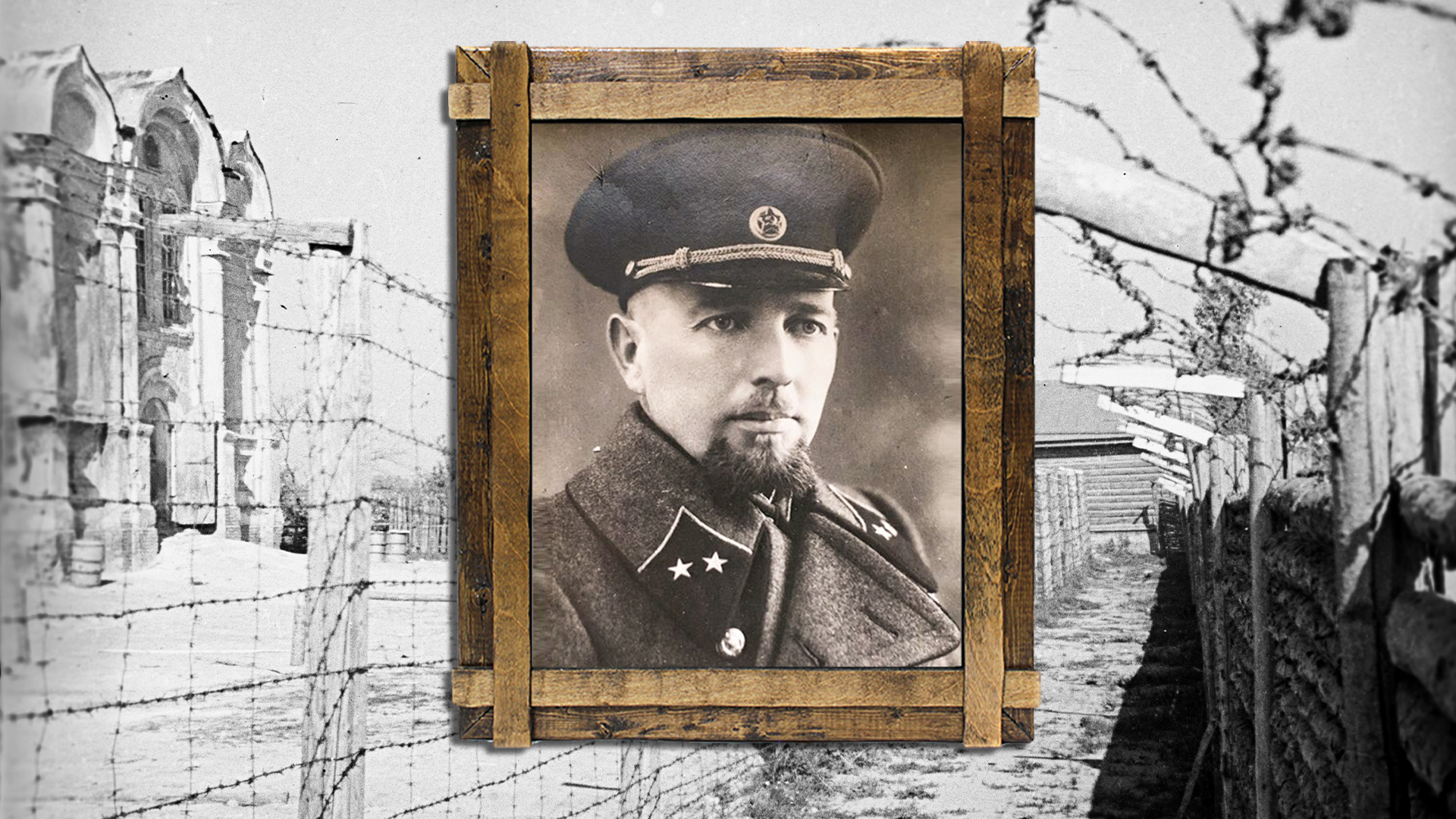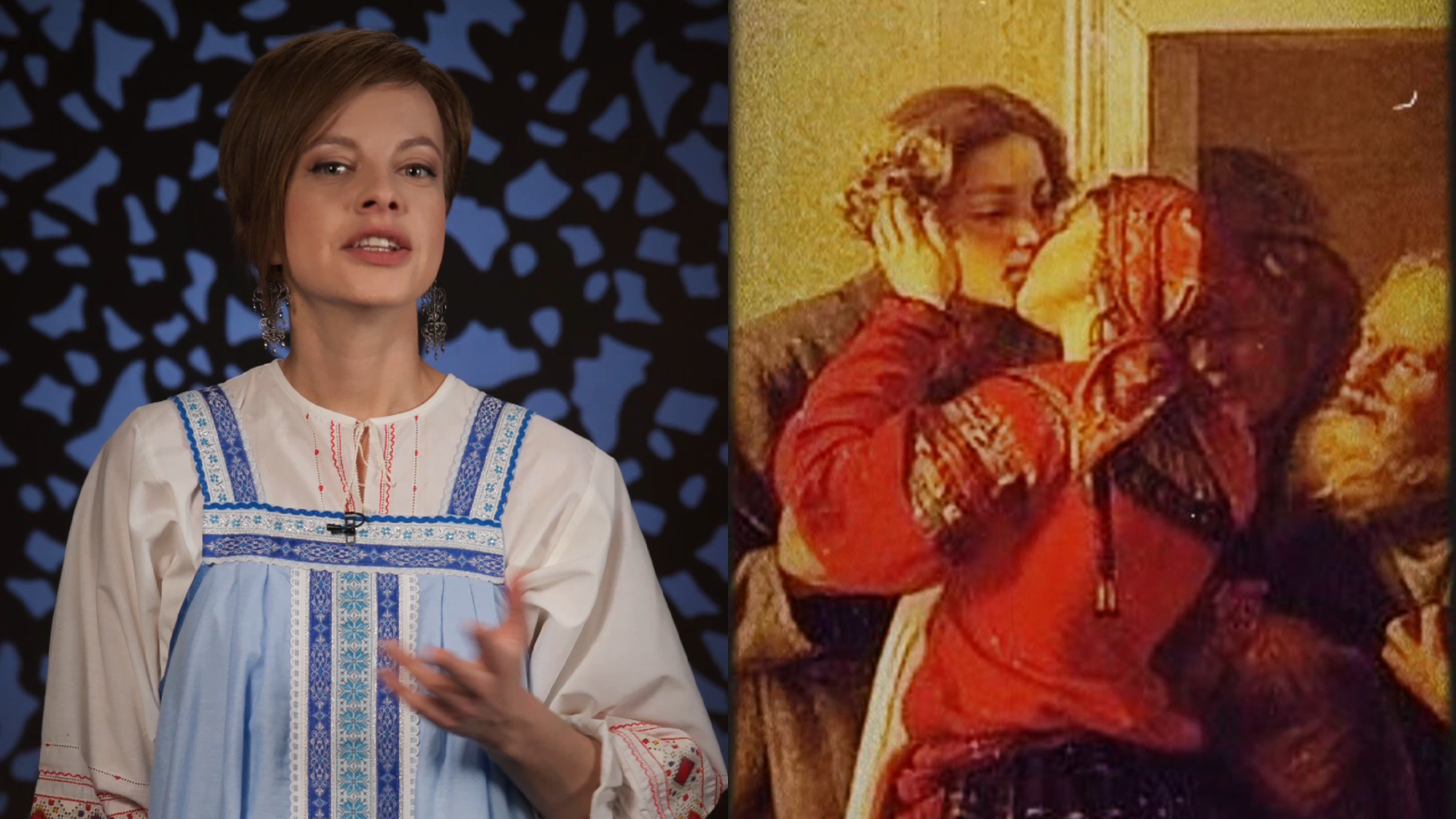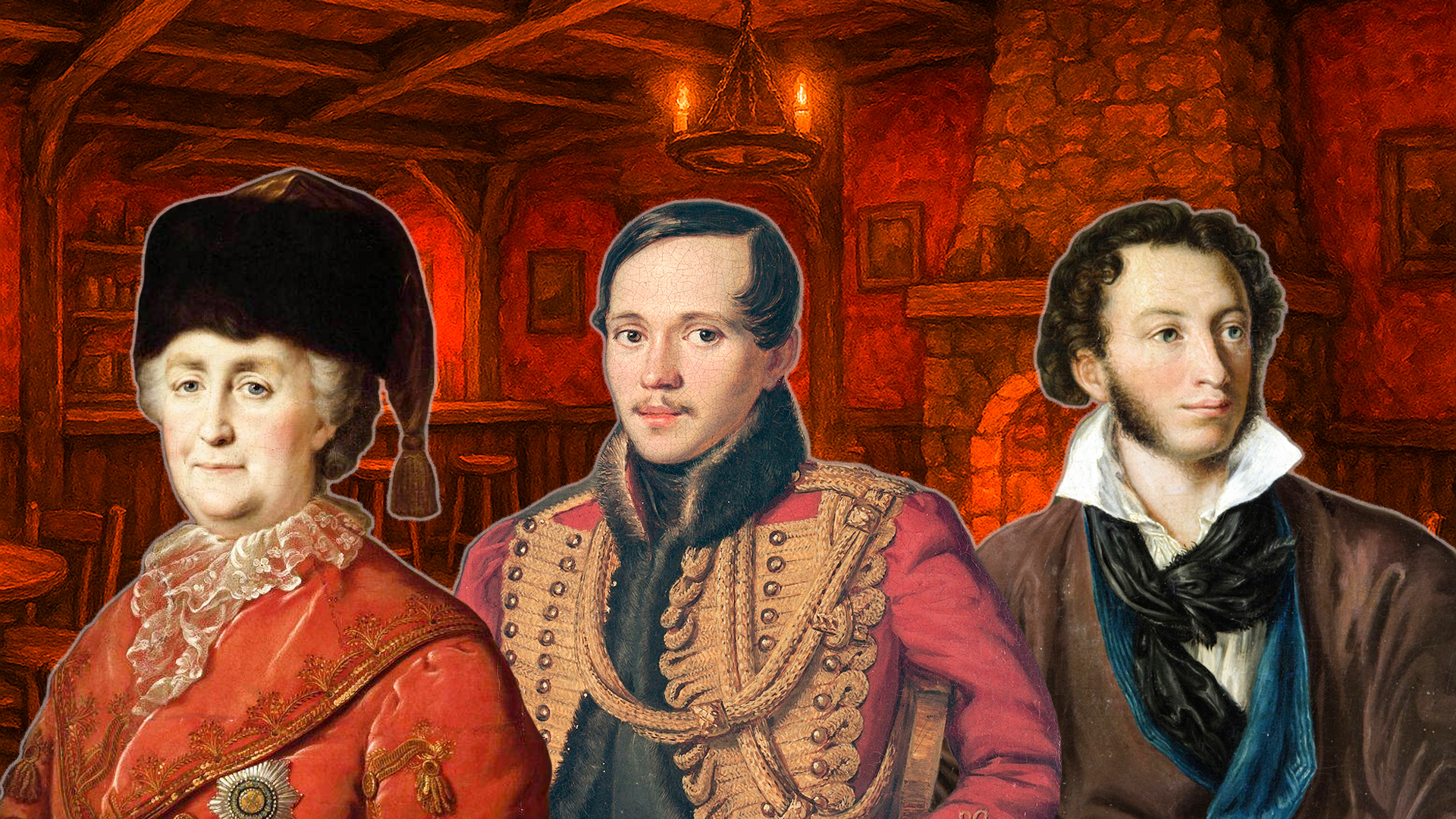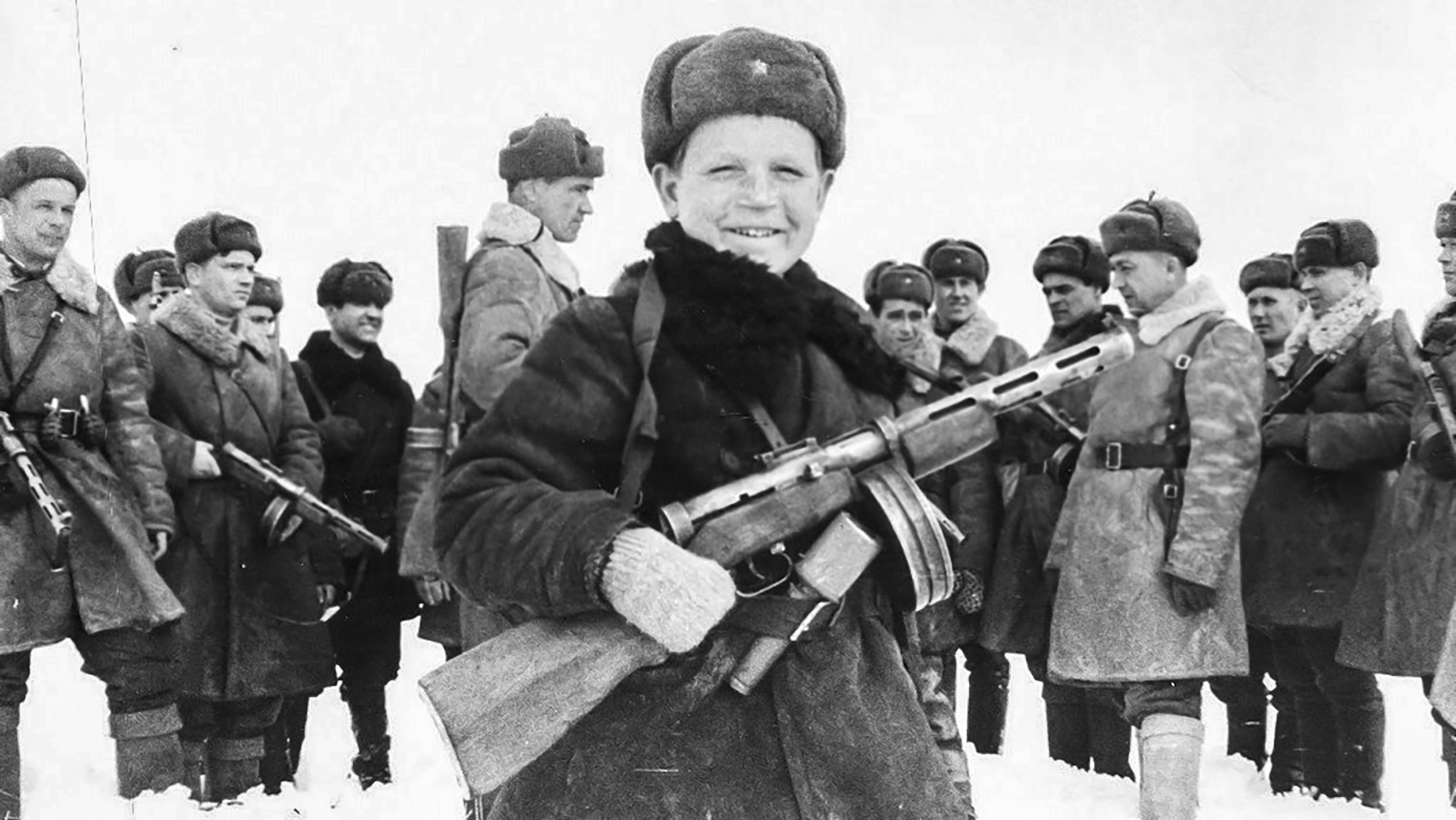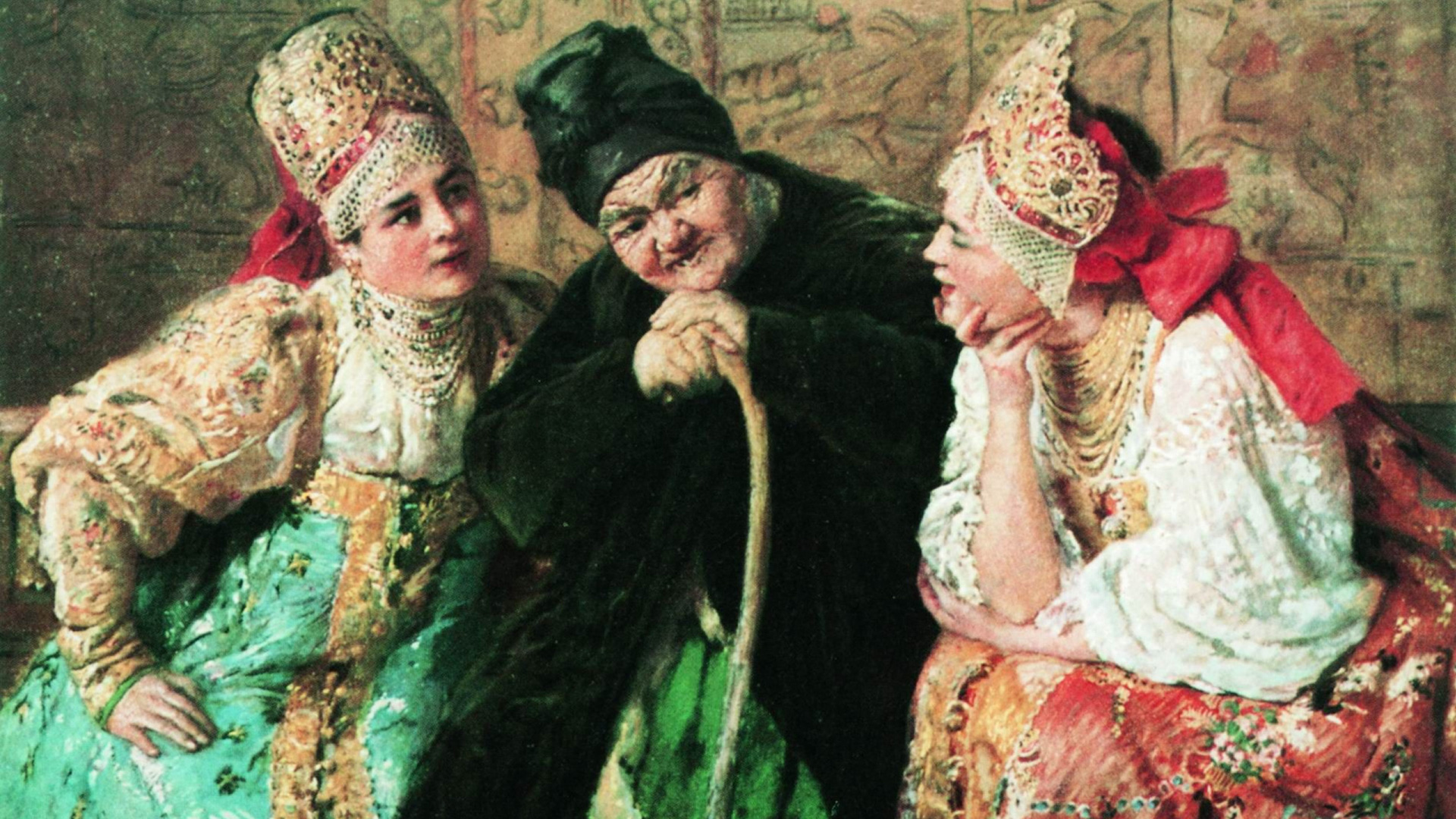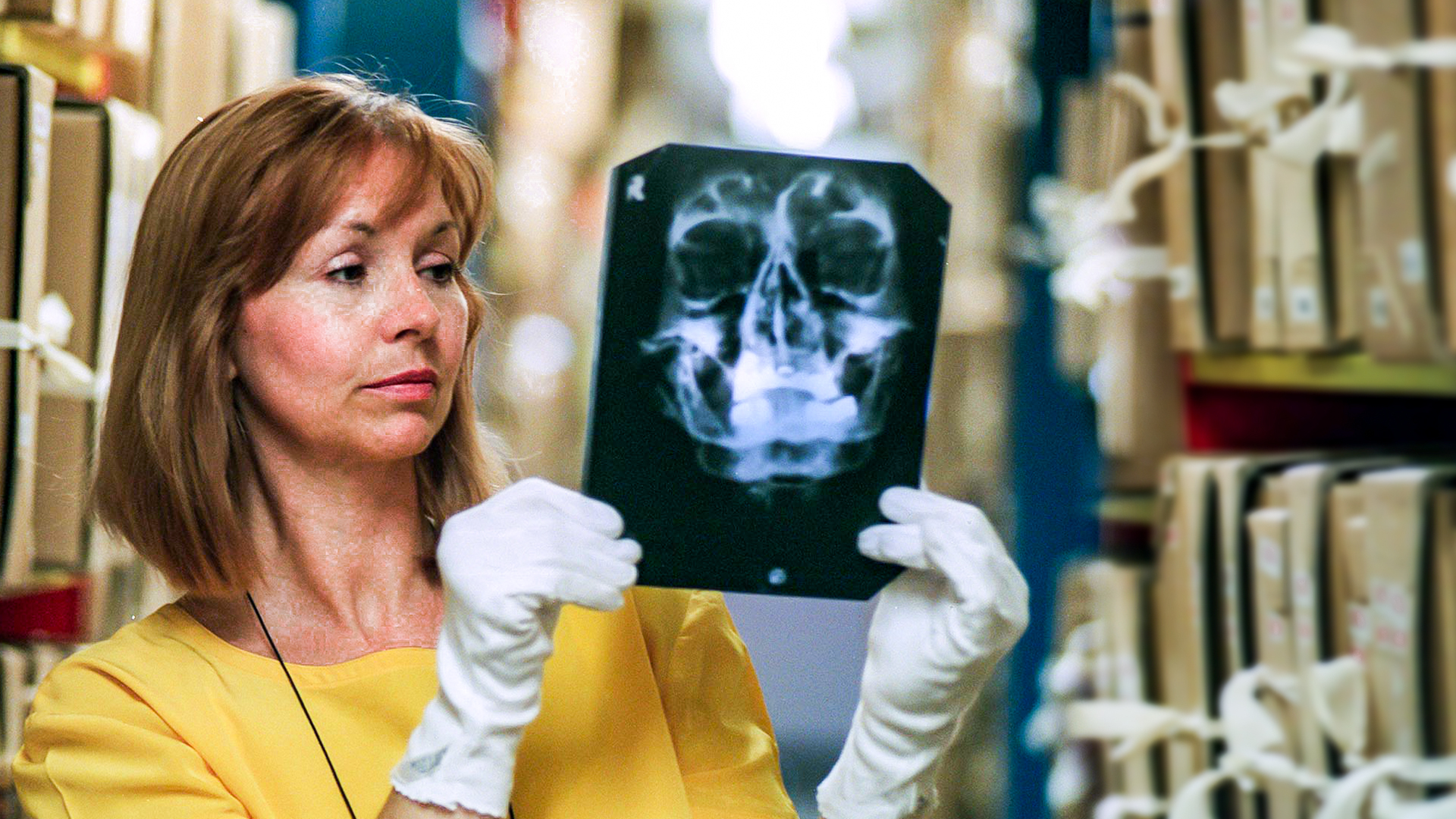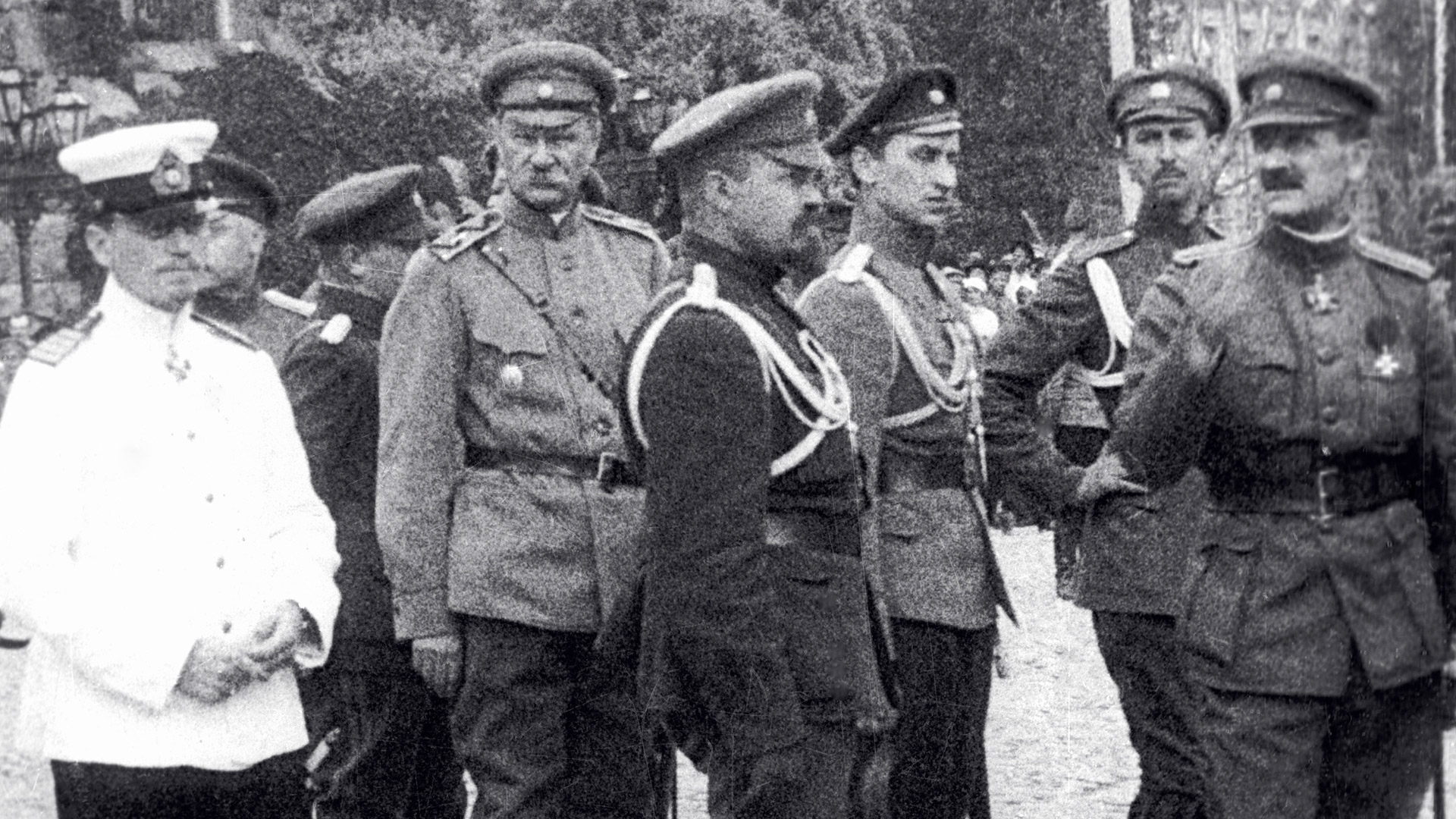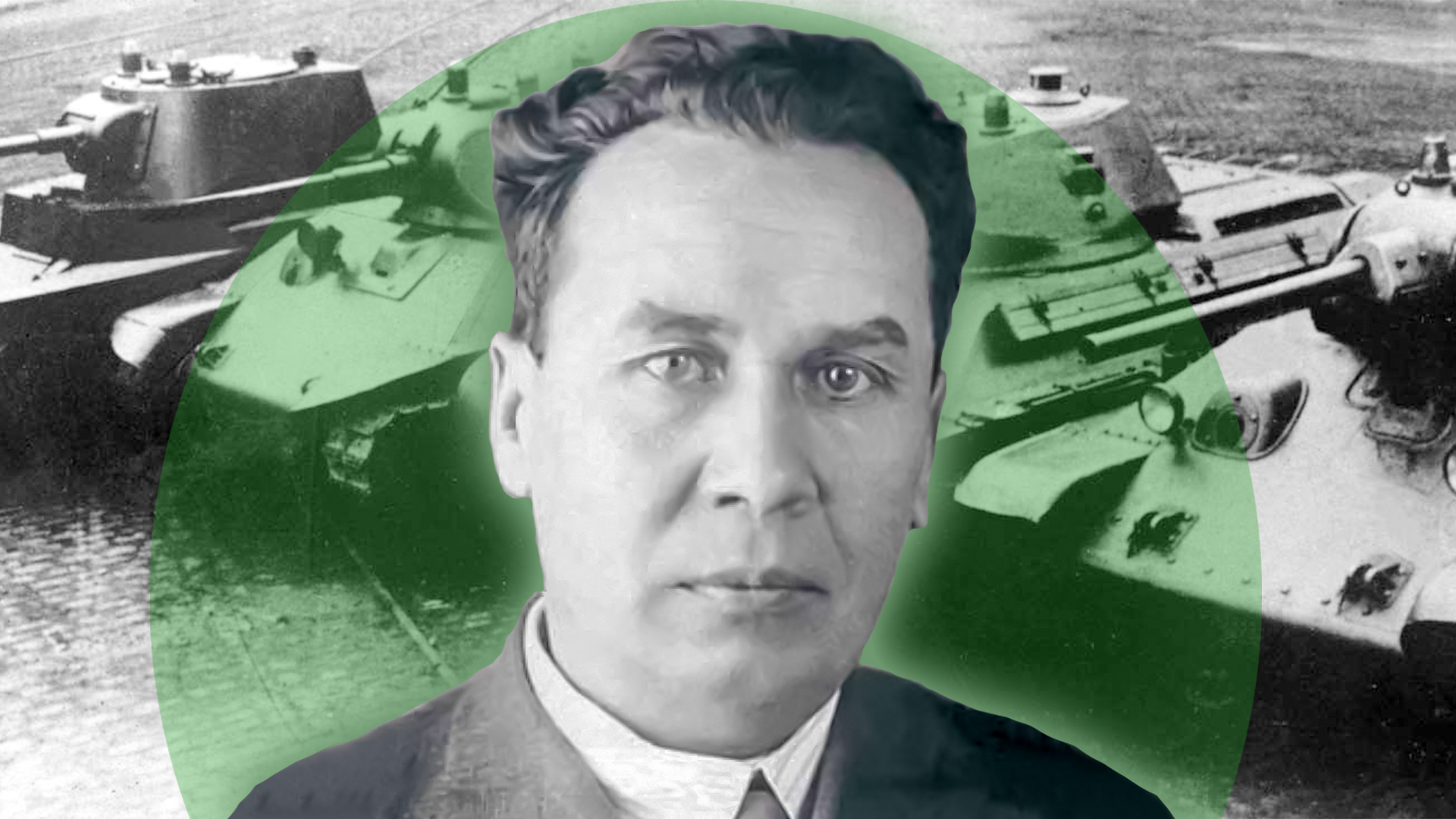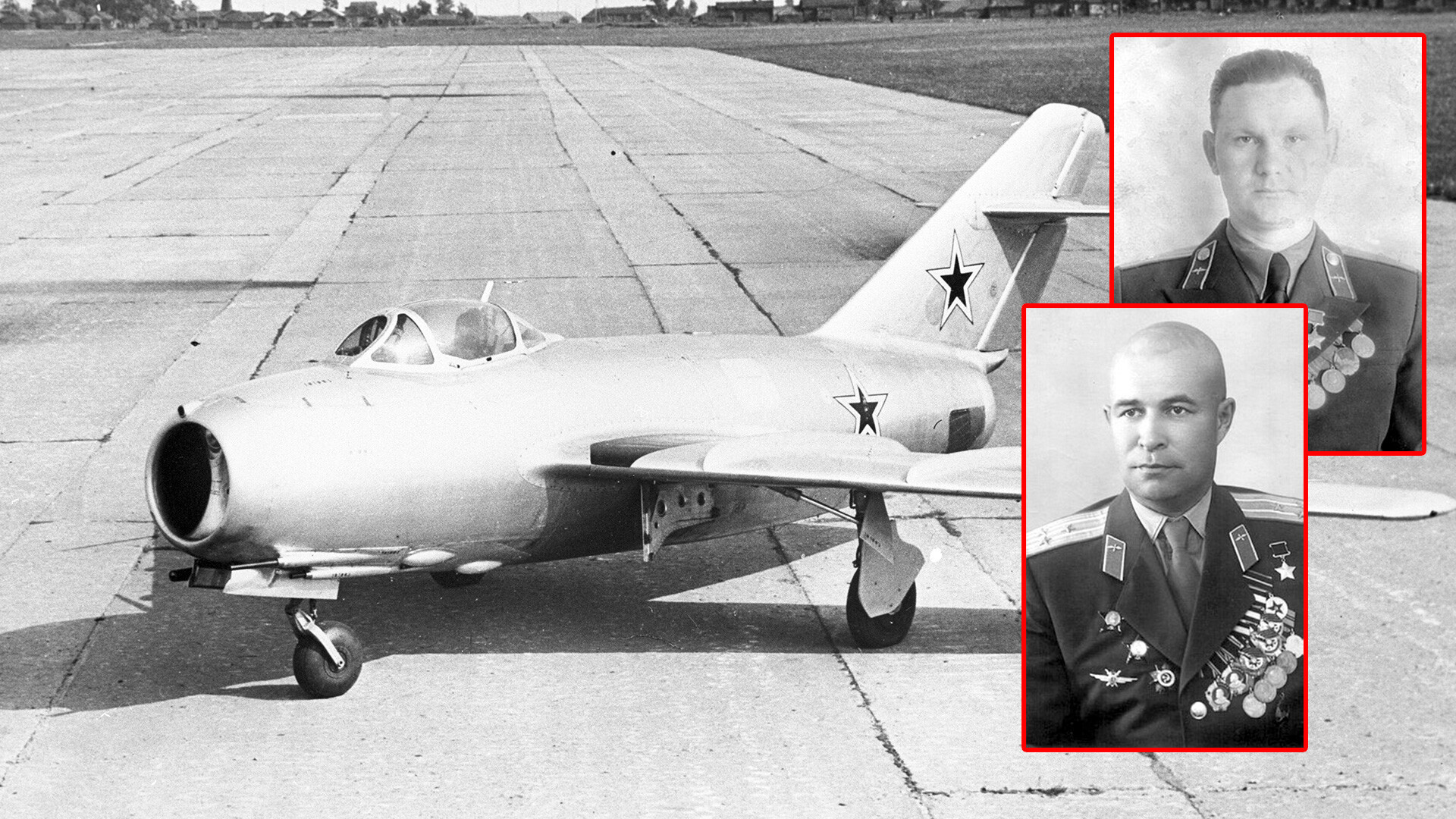
How the USSR participated in the Korean War

Early in the morning of June 25, 1950, the North Korean army invaded South Korea. And, thus, began the Korean War, with the USSR and China supporting Pyongyang and the United Nations forces, led by the United States, siding with Seoul.
Moscow's intervention in the conflict at the first stage was extremely limited. It refused Kim Il Sung's request to send his military advisers to the front lines – Soviet officers, disguised as correspondents for the ‘Pravda’ newspaper, were supposed to be at headquarters or serve as instructors.

Moreover, many Soviet citizens of Korean descent wanted to take part in the fighting as volunteers. However, they were not allowed to do so.
The situation changed in the fall of the same year, after a large-scale counteroffensive by the UN forces and the South Korean army. North Korea found itself on the brink of collapse and desperately asked Beijing and Moscow for help.
China decided to send divisions of “people’s volunteers” to the Korean peninsula, while the USSR sent the 64th Fighter Air Corps. In mid-1951, the front line stabilized and the war in the air came to the fore.
Soviet pilots received Chinese uniforms, Chinese pseudonyms and corresponding documents and their MiG-15 fighters were given the identification marks of the PLA.
 Soviet pilots who took part in the Korean War.
Soviet pilots who took part in the Korean War.
During the entire period of the conflict, the Soviet air corps shot down as many as 1,097 enemy aircraft and lost, according to various sources, from 319 to 335 aircraft. Meanwhile, up to 120 people died in air battles.
Evgeny Pepelyaev (20 to 23 aerial shootdowns) and Nikolay Sutyagin (22) became known as the best aces of the Korean War. In comparison, American ace No. 1 Joseph McConnell only had 16 aircraft shootdowns to his credit.




